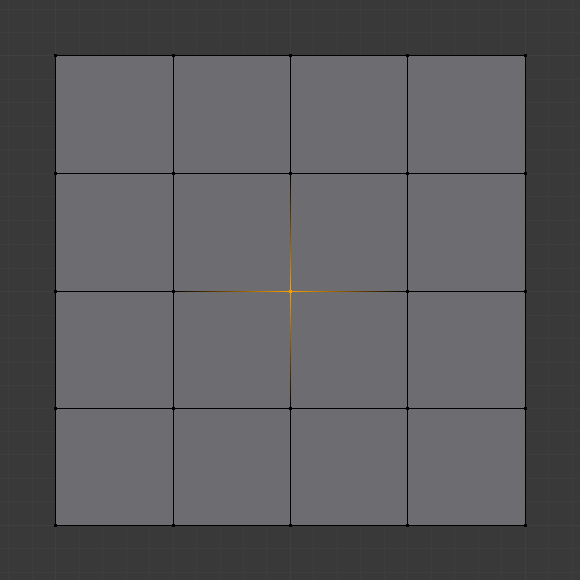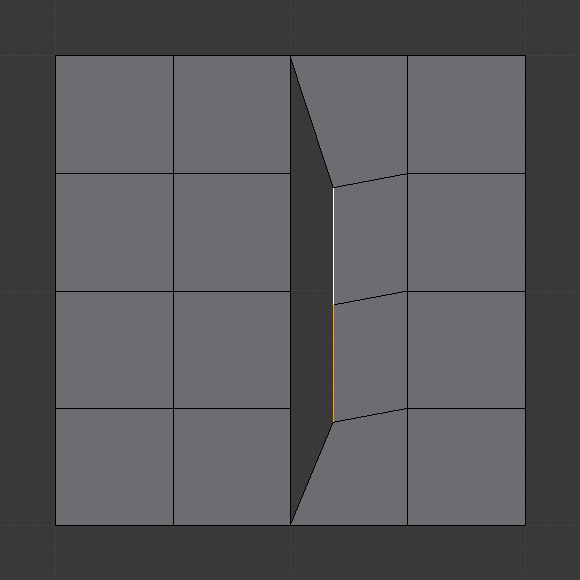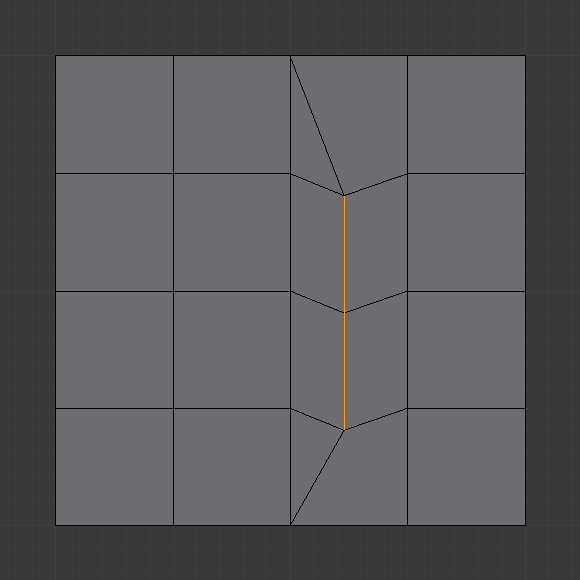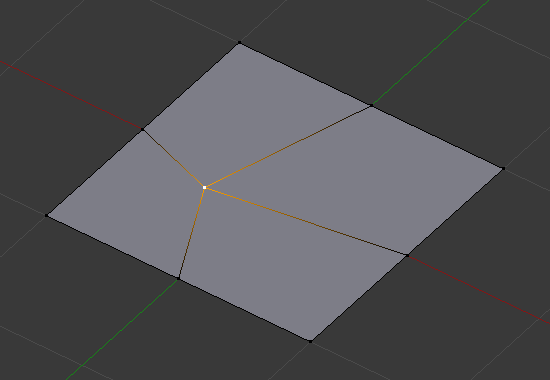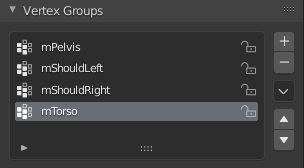Что такое вертекс в блендере
Vertex Tools¶
| Mode: | Edit Mode |
|---|---|
| Menu: | Vertex |
| Hotkey: | Ctrl-V |
This page covers many of the tools in the Vertex menu. These are tools that work primarily on vertex selections, however, some also work with edge or face selections.
Merging¶
Merging Vertices¶
This tool allows you to merge all selected vertices to a unique one, dissolving all others. You can choose the location of the surviving vertex in the menu this tool pops up before executing:
At First Only available in Vertex select mode, it will place the remaining vertex at the location of the first one selected. At Last Only available in Vertex select mode, it will place the remaining vertex at the location of the last one selected (the active one). At Center Available in all select modes, it will place the remaining vertex at the center of the selection. At Cursor Available in all select modes, it will place the remaining vertex at the 3D Cursor. Collapse Every island of selected vertices (connected by selected edges) will merge on its own median center, leaving one vertex per island. It is also available via the Mesh ‣ Edges ‣ Collapse menu option…
Merging vertices of course also deletes some edges and faces. But Blender will do everything it can to preserve edges and faces only partly involved in the reunion.
At First and At Last depend on that the selection order is saved: the order is lost, for instance, after changing selection mode.
Auto Merge¶
| Mode: | Edit Mode |
|---|---|
| Menu: | Sidebar ‣ Options ‣ Tool ‣ Auto Merge |
When the Auto Merge option is enabled, as soon as a vertex moves closer to another one than the Threshold setting, they are automatically merged. This option affects interactive operations only (tweaks made in the Adjust Last Operation panel are considered interactive too). If the exact spot where a vertex is moved contains more than one vertex, then the merge will be performed between the moved vertex and one of those.
Merge by Distance¶
Merge Distance Sets the distance threshold for merging vertices. Unselected Allows vertices in selection to be merged with unselected vertices. When disabled, selected vertices will only be merged with other selected ones.
Separating¶
Rip Region¶
| Mode: | Edit Mode |
|---|---|
| Menu: | Vertex ‣ Rip Vertices |
| Hotkey: | V |
Rip creates a «hole» into a mesh by making a copy of selected vertices and edges, still linked to the neighbor non-selected vertices, so that the new edges are borders of the faces on one side, and the old ones, borders of the faces of the other side of the rip.
Examples¶
Hole created after using rip on vertex.
Result of rip with edge selection.
A complex selection of vertices.
Result of rip operation.
Limitations¶
Rip Vertices and Fill¶
| Mode: | Edit Mode |
|---|---|
| Menu: | Vertex ‣ Rip Vertices and Fill |
| Hotkey: | Alt-V |
Rip fill works the same as the Rip tool above, but instead of leaving a hole, it fills in the gap with geometry.
Result of rip fill.
Split¶
| Mode: | Edit Mode |
|---|---|
| Menu: | Mesh ‣ Split |
| Hotkey: | Y |
Splits (disconnects) the selection from the rest of the mesh. The border edge to any non-selected elements are duplicated.
Note that the «copy» is left exactly at the same position as the original, so you must move it G to see it clearly…
Rip Edge¶
| Mode: | Edit Mode |
|---|---|
| Menu: | Vertex ‣ Rip Vertices and Extend |
| Hotkey: | Alt-D |
This tool takes any number of selected vertices and duplicate-drags them along the closest edge to the mouse, When extending an edge loop, it extends the vertices at the endpoints of the loop. Which is similar behavior like Extrude tool, but it creates an n-gon.
It helps to easily add details to existing edges.
Separate¶
| Mode: | Edit Mode |
|---|---|
| Menu: | Mesh ‣ Separate |
| Hotkey: | P |
The Separate tool will Split mesh elements in another mesh object.
Selection Separates the selected elements. By Material Separates fragments based on the materials assigned to the different faces. By loose parts Creates one object for every independent (disconnected) fragment of the original mesh.
Vertex Slide¶
| Mode: | Edit Mode |
|---|---|
| Menu: | Vertex ‣ Slide Vertices |
| Hotkey: | Shift-V |
Vertex Slide will transform a vertex along one of its adjacent edges. Use Shift-V to activate tool. The nearest selected vertex to the mouse cursor will be the control one. Move the mouse along the direction of the desired edge to specify the vertex position. Then press LMB to confirm the transformation.
Even E By default, the offset value of the vertices is a percentage of the edges length along which they move. When Even mode is active, the vertices are shifted by an absolute value. Flipped F When Flipped is active, vertices move the same distance from adjacent vertices, instead of moving from their original position. Clamp Alt or C Toggle clamping the slide within the edge extents.
